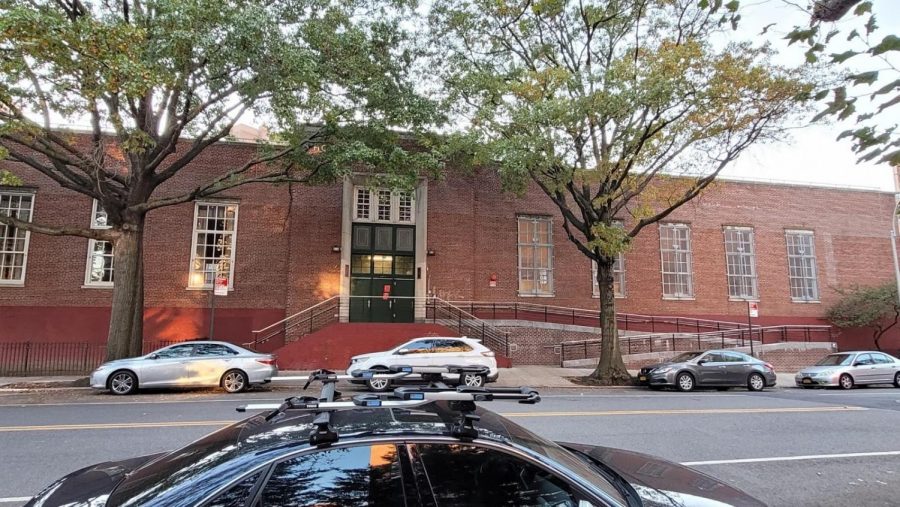The Correlation Between High Heat and Poor Test Scores
Public School # 206 located in Rego Park, a neighborhood in the borough of Queens in New York City. Public school students are most affected by the racist policy that ends up hindering their learning.
Warmer weather is typically a pleasant sign for all of us. We get to spend more time outside, enjoy the sun, and eat ice cream! Nevertheless, this should not leave us blind to the problems that Black, Latinx, and low-income students face as they often live and work in sweltering conditions during the summer months, caused by discriminatory neighborhood development policies dating from the early 1900s.
Working in the heat is strenuous for anyone, and for students, it is always much more difficult to concentrate in unfavorable, torrid environments. For instance, a Havard study compared PSAT test scores throughout the nation. Data showed that as temperature increases by each degree of Fahrenheit, the student’s percentile on the PSAT consistently dropped by 0.2%.
This may come off as no surprise to many of us, and yet strangely, the heat noticeably affected Black, Latinx, and low-income students in disproportionate numbers. The heat does not pick and choose which racial and income groups to affect, so this begs the question, why?
Schools that consist of primarily Black, Latinx, and low-income populations were significantly warmer than schools for higher income students. Furthermore, many of the Black, Latinx, and low-income students’ school buildings are in a much worse condition than of those school buildings located in higher income areas.
Decrepit, run-down school buildings allow much more heat to seep in from outside, which hinders a student’s ability to work and function in the hotter classroom environment.
“My ability to work when in a really hot environment is definitely diminished; the discomfort can be overwhelming if it’s too hot,” said Olivia Bernstein ’23. Having students work in a very warm climate is unfair and it impacts them in many ways, from their mental health to their grades.
Sadly enough, these unfair working conditions stem from the plague that we call systemic racism. During the crucial developmental stages of cities and neighborhoods in the 1900s, certain areas that were populated mainly by Black, Latinx, and lower-income individuals were redlined and stamped as too high of a risk to develop and construct in.
As a result, these neighborhoods have much less and worse heat-capturing paved roads, scarcely any trees, and consequently are some of the hottest areas in the country to this day. They also do not receive a proportionate amount of the Federal budget, leaving fewer resources and opportunities to improve their facilities and communities.
The only way to fix this problem is to go back and invest more Federal funds into these neighborhoods, so that they will have a much greater chance to become successful communities. Schools need to be comfortable places of learning in order to foster a good environment that promotes success.
Working in the heat is strenuous for anyone, and for students, it is always much more difficult to concentrate in unfavorable, torrid environments.
William Fernando is a Copy-Chief for ‘The Science Survey.’ William believes the gift of journalism is its undeniable ability to share moving and valuable...

